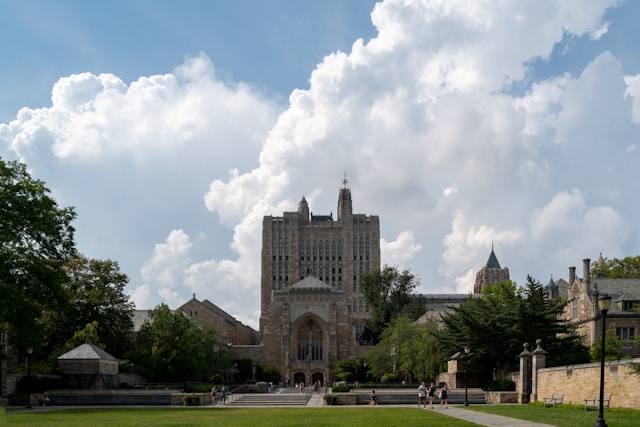The ongoing U.S. government shutdown has thrown a critical health care battle into the spotlight. Millions of Americans—and thousands here in Connecticut—are watching and waiting.
The question? Whether the expanded health insurance subsidies under the Affordable Care Act (ACA), first rolled out in 2021, will stick around past their scheduled end in 2025. Democrats want to keep the subsidies going, but Republicans say reopening the government comes first, then health care policy. If the subsidies disappear, marketplace enrollees could see their premiums shoot up—possibly more than ever before.
Explore top-rated stays with no booking fees and instant confirmation. Your dream trip starts here!
Start Exploring Now
What’s at Stake for Connecticut Residents?
Connecticut, from Hartford to Bridgeport and Norwich to Danbury, has thousands relying on these enhanced ACA subsidies. KFF says if the subsidies end, average annual premiums could jump from $888 to $1,904. That’s more than double.
Almost 92% of marketplace participants here depend on subsidies to keep insurance affordable. These supports are tied directly to income, so they’re not just a nice-to-have—they’re essential for many.
Who Will Be Most Impacted?
The group most at risk? Older adults aged 55 to 64, which matches the trend across the country. Many in New Haven, Stamford, and Waterbury fall into this age bracket.
They’re often between jobs, don’t have employer-sponsored coverage, and can’t get Medicare yet. Without subsidies, their monthly costs could skyrocket, leaving them with few good options.
The Numbers Behind the Debate
The American Rescue Plan Act brought enhanced subsidies in 2021, and marketplace enrollment soared—even in Connecticut cities like Torrington and Middletown. The ACA was supposed to cap health insurance costs based on income, and for a lot of people here, that’s made the difference between having coverage and going without.
Income Thresholds and Eligibility Risks
When the expanded subsidies expire, anyone earning more than four times the federal poverty level—about $62,600 for one person—will lose eligibility. That could hit 1.6 million Americans, including plenty in Connecticut’s suburbs and rural areas.
For example, a single person making $25,000 a year might see their premiums go from around $100 a year to more than $1,168, if you believe KFF’s numbers.
A Nonpartisan Problem with Partisan Roots
Sure, partisan politics get all the headlines. But honestly, this issue cuts across party lines.
States that voted for Donald Trump in the 2024 presidential election account for about three-quarters of all marketplace enrollees. In Connecticut, where political views swing from town to town, the threat of higher premiums could unite voters in worry—even if they don’t agree on what to do about it.
Potential Economic Ripple Effects
Huge increases in health care costs could ripple through Connecticut’s local economy. Families might have to cut back in other areas just to keep their insurance.
That could affect everything from retail sales in Hartford’s Blue Back Square to service jobs along the New London shoreline. For people already on the edge financially, losing subsidies could mean losing coverage entirely.
Why This Could Be the Largest Increase in U.S. History
KFF points out that the possible premium hikes and loss of subsidies together would be the biggest single-year jump in health care costs the U.S. has ever seen. This isn’t some far-off policy debate—it’s a real, looming financial hit for thousands in Connecticut, no matter where they live.
Looking Ahead
As Congress negotiates reopening the government, Connecticut residents—from bustling Stamford to quiet Putnam—are paying close attention. The outcome on subsidies will shape whether health care stays within reach for tens of thousands here, or if rising premiums push many to go without coverage.
Key Takeaways:
- Expanded ACA subsidies are set to expire at the end of 2025.
- Average annual premiums could jump from $888 to $1,904 if lawmakers don’t renew them.
- Older adults between 55 and 64 stand to lose the most.
- People earning above four times the federal poverty level will no longer qualify.
- This affects folks in Hartford, Bridgeport, New Haven, Stamford, Waterbury, Norwich, Danbury, Middletown—pretty much everywhere.
- KFF warns this could trigger the biggest one-year spike in health care costs the country’s ever seen.
For Connecticut, the stakes are high. Time’s running out.
Here is the source article for this story: Get the Facts: Health insurance expected to rise if tax credits expire amid government shutdown
Find available hotels and vacation homes instantly. No fees, best rates guaranteed!
Check Availability Now









